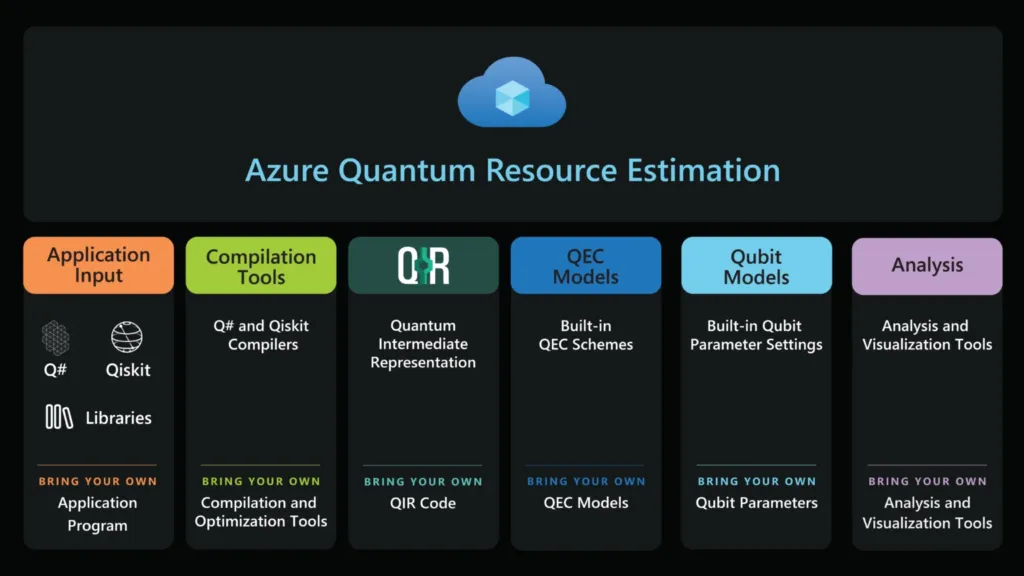One of the questions that a quantum algorithm developer wants to have answered is “How many qubits will I need to execute this program and many seconds (or hours) of runtime will I need to do it?”. This can be tricky, particularly when the currently available quantum processors are not large enough to execute the program in the first place. However, the developers know that quantum processors are constantly improving and in many cases it makes sense to develop something that will run on a quantum processor that may be available a few years from now.
Several of the quantum processor providers are providing hardware roadmaps and a resource estimate can help the algorithm developer know what they will be able to run on future processor. It can also serve as a tool to help them optimize their algorithms to use either a smaller number qubits or need shorter runtimes. Conversely, a resource estimator is also useful for the hardware provider because it can help guide them towards establishing targets for future processor development in order to provide quantum advantage for their customers.
To help these efforts, Microsoft has introduced a tool called a Quantum Hardware Resource estimator. As a first step, the user can input a quantum program written in Microsoft’s Q# or Qiskit (or other platforms) and have that program compiled to QIR (Quantum Intermediate Representation). And as a second step, the user can input machine specific parameters including the native instruction set, gate delays, connectivity restrictions, error rates, error correction algorithms, etc. The model is flexible for users specifying the parameters. It does contain pre-built parameters for things like qubit parameters, error correction schemes, and compilers & optimization tools. But it also allows a users to input their own parameters. From the input data, the system will calculate the require number of qubits, the runtime to execute the program, and other information.
The resource estimate is available at no charge through Microsoft’s Azure Quantum portal. For further information, a blog article describing an overview is available here, a technical article posted on arXiv describing its operation can be seen here, and full documentation for the tool is available here.
November 16, 2022
